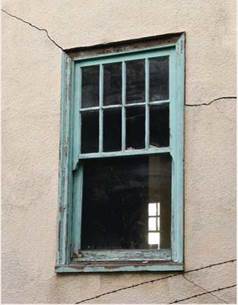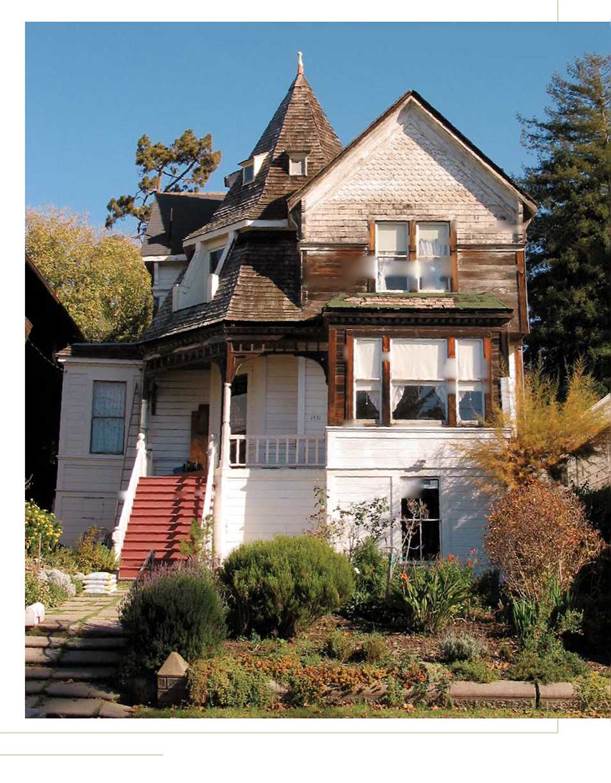GETTING READY TO INSPECT
Before conducting any inspections, get a tetanus shot. After all, you’ll be poking around basements and attics that may have protruding nails and splinters that could break your skin and cause
EXTERIOR
Mortar chimney cap
Flashing Ridge
Valley flashing
Plumbing vent
Gable end
Louver
Corner board Splashboard

infections. Dress the part. Wear sneakers or crepe-soled shoes if you’ll be on ladders or roofs; if you’re crawling around basements and the like, wear heavy-soled boots, and old clothes. Carry a pad of graph paper and a pencil, a flashlight, a pocketknife, a spirit level, and binoculars.
Conduct your inspection alone. You’re after facts, not the opinions of an owner or real estate agent who’s eager to sell...
read more










 Inspecting
Inspecting